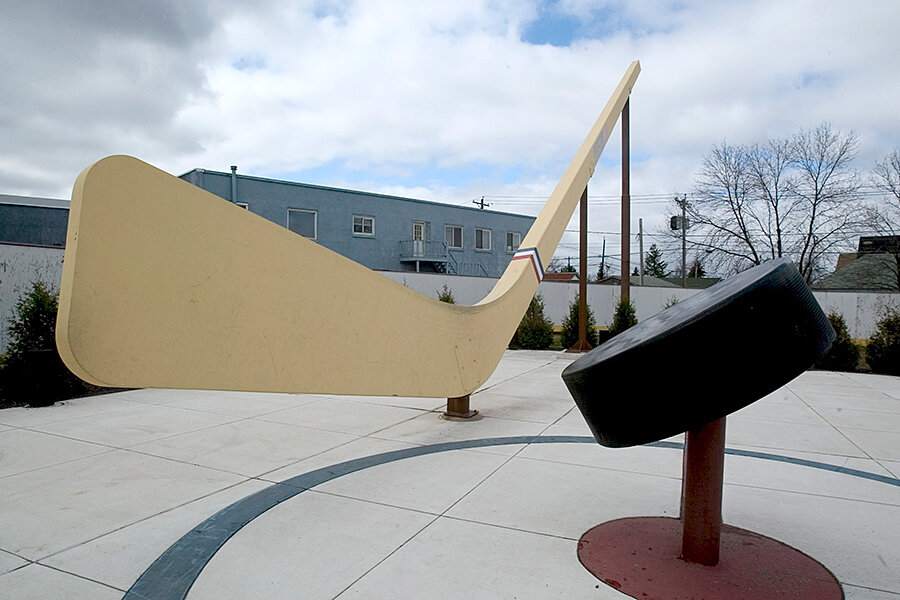Of hockey sticks and other graphic terms
Loading...
Was 2015 a “hockey stick” year for you? In other words, as you gather documents for tax season, do you find that you brought in relatively more money at the year’s end? If so, you may naturally have a hockey-stick cash flow.
The news media have standard ways of presenting data – “fever charts,” for instance, aka time-series charts, to track stock markets or unemployment; or pie charts, used to illustrate things like market share among players in a given industry. For those who have given up desserts in the new year but can’t quite cut back on snacks, there are “doughnut charts,” or, one of my favorites, the “exploded doughnut chart,” with its antic suggestion of red jelly flying everywhere.
Readers get used to seeing these charts, and to thinking in terms of the images or metaphors they suggest.
The hockey stick is one of these. It’s suggested by a chart that “flatlines” (another graphic metaphor) over time and then angles up abruptly. It’s a good image for the cash flow of many businesses, whether retailers counting on year-end holiday sales, or contractors whose clients want to wrap up, and pay for, projects by the end of the year.
In the world of high-tech start-ups, hockey-stick growth is the ideal for the life of the venture.
As Atlanta entrepreneur David Cummings wrote in 2010, “The idea is that things like users, page views, or revenue [start] growing at a normal linear pace and then, once an inflection point is hit, growth takes off at an exponential rate.”
Inflection point has been used since 1721, according to Merriam-Webster, to mean “a point on a curve that separates an arc concave upward from one concave downward and vice versa.”
It derives from a Latin word meaning “bending” or “modification,” according to the Online Etymology Dictionary.
The American Heritage Dictionary puts it more metaphorically: “A moment of dramatic change, especially in the development of a company, industry, or market.”
Over at the question-and-answer website Mathematics Stack Exchange, people have wrestled with the question “Is there a name for the point of [an] exponential curve where the y axis significantly increases?”
The inquirer apologized for the way he framed the question, but the answer is fairly simple. As one responder noted, “The English idiom is ‘the knee in the curve.’ ”
Graphic comes from the Greek word meaning “to write,” and so it has seemed natural to me that it should refer to words rather than pictures. But after double-checking, I find the Greek verb in question refers also to drawing.
And in newspaperland, “graphics” tends to refer to whatever isn’t just words but rather maps, charts, and other “pictures” that, as the proverb has it, are worth a thousand words.
And yet those thousand-word pictures can also be reduced to a few vivid words with phrases like “hockey stick” or “knee of the curve” – or even, sometimes, “exploded doughnut.”







